 Register for the TRASH TALK full moon watch party today!
Are you ready for some TRASH TALK? This free, one hour webinar for educators and parents will explore the challenges and successes of keeping our rivers, bays and ocean free of marine debris. You'll also learn actions you can take in your own community to help make a difference in this global problem. Join NOAA Ocean Today and the Marine Debris Program this full moon, starting at 4PM EDT, Wednesday, September 2!
Register Now
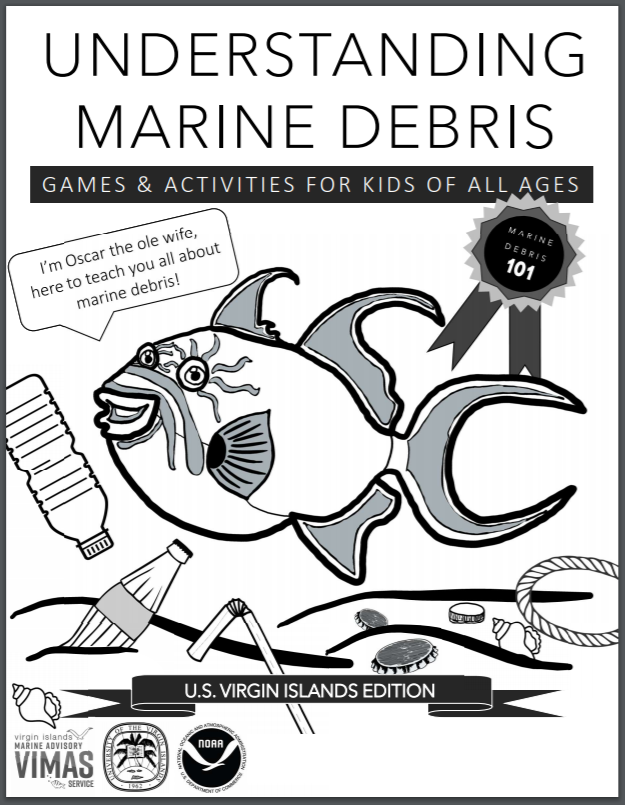 Check out the U.S. Virgin Islands Edition of Understanding Marine Debris (Credit: University of the Virgin Islands).
This assortment of puzzles, brain-teasers, and coloring activities has been adapted for use in the U.S. Virgin Islands. It helps children understand the local problem of marine debris while having fun at the same time. This workbook is suitable for all ages.
Learn more
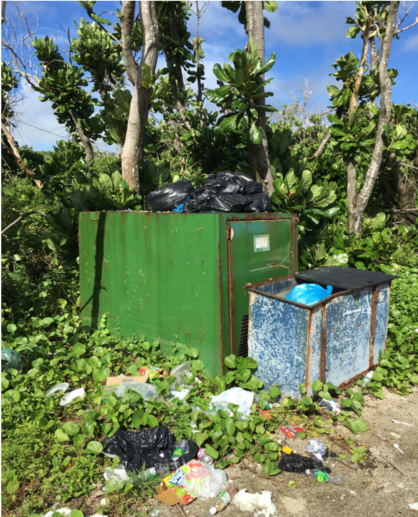 Overflowing trash in dumpsters on the island of Saipan in the Commonwealth of the Northern Mariana Islands (Credit: Mariana Islands Nature Alliance).
Marine debris is a constant and challenging threat to communities all over the world. It can travel on currents across the ocean, reach remote shorelines where very few people live, and cause major problems for both people and wildlife. As students and teachers prepare for a new year of learning, we are highlighting educational marine debris resources that highlight the problem in different locations and different languages. Whether you call it desechos marinos, ‘ōpala kai, or marine debris, we have resources for you!
Learn more
 Explore marine debris topics, such as the garbage patch, right from home (Credit: NOAA).
The NOAA Marine Debris Program has free activities, videos, and more available online. On the website, there is a dedicated section with resources and activities for all ages, where you can view activity books and browse lesson plans. Get started and download an activity today.
Learn more
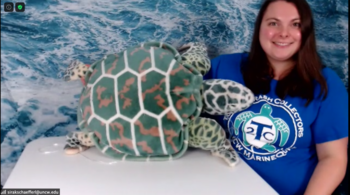 Turtle Trash Collectors program coordinator, Laura Sirak-Schaeffer, conducting a virtual program (Credit: Kiran Sinha).
Are you looking for fun and creative virtual activities for your network, scouts, students, or families? Our partners at the University of North Carolina Wilmington MarineQuest Turtle Trash Collectors are bringing a virtual program to you this summer! During their hour program, you will virtually participate in a simulated sea turtle dissection, see how trash in the ocean can impact sea turtles, learn how trash can get to the ocean, and how we can all help stop marine debris!
Learn more
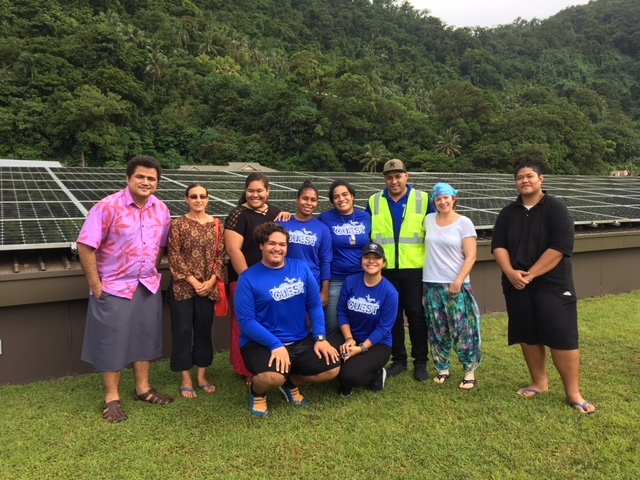 American Samoa Community College students participated in an internship to support an assessment for microplastics in seafood in American Samoa (Credit: Beth Polidoro, Arizona State University, 2018).
Today’s students are tomorrow’s leaders. In American Samoa, our partners at Arizona State University created education and training opportunities for college students that supported microplastics research, built relationships in their community, and encouraged the next generation of environmental stewards and leaders.
Learn more
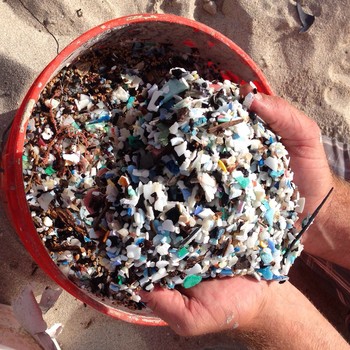 A bucket of microplastics collected in Hawaii (Credit: Sustainable Coastlines Hawaii).
People all over the world are concerned about marine debris and they would like to know more about it. The NOAA Marine Debris Program's Communications Team responds to those questions we receive through email, and we've seen a trend. We've created our own marine debris "trivia questions" that we hope you enjoy!
Learn more
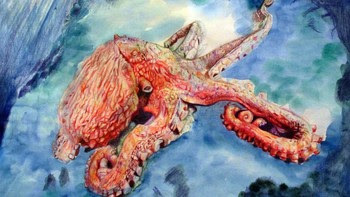 “Atlantic Octopus” by Alicia Z., Grade 7, is a winner of the 2019 Marine Art Contest (Credit: NOAA).
With lots of kids at home, you might be looking for educational activities* that can be done without leaving the house. Here’s a quick roundup of NOAA’s most popular educational resources to help you safely hunker down while learning about the ocean and atmosphere.
Learn more
*Note: These activities can be completed at home, but please be sure to follow the latest social-distancing and other health safety guidelines from the Centers for Disease Control and Prevention and your local health authorities
|